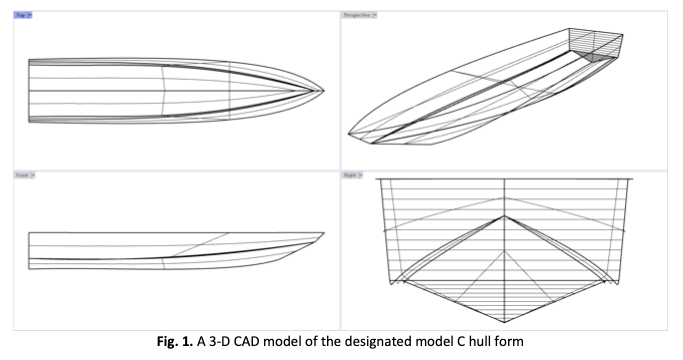CFD Analysis of the Influence of Marine Fouling on the Performance of High-Speed Planning Craft
DOI:
https://doi.org/10.37934/arfmts.110.2.124137Keywords:
Planning hull, marine fouling, CFD, ship performanceAbstract
Marine fouling, such as heavy slime, is the result of algae and other invertebrates settling and growing on the surfaces of planning hulls that are immersed in water. This may result in a range of serious and costly economic problems. The amount of resistance that planning hulls encounter when operating in maritime settings is an important aspect that considerably impacts the performance, energy efficiency, and operational expenses associated with these hulls. Because of this, the focus of this investigation will be on high-speed planning craft ships. In recent years, there has been a rise in the number of instances in which this sort of ship has been used for military, commercial, and recreational purposes. With the use of CFD analysis, the purpose of this study is to conduct an exhaustive investigation into the effect that the surface roughness of heavy slime has on the resistance of planing hulls. The results will be compared to a reference scenario, including a hydrodynamically smooth hull, to determine how much heavy slime affects resistance. According to the findings of this research project, the presence of heavy slime on the surface of a high-speed planing ship had a significant impact on the performance of the ship, particularly on the friction resistance, which saw an increase of up to 65% as a consequence of the presence of the slime. The results of this study will have substantial repercussions for ship designers, naval architects, and operators. The findings will provide them with useful information that will allow them to improve hull designs and devise effective tactics for fouling management.
Downloads






























